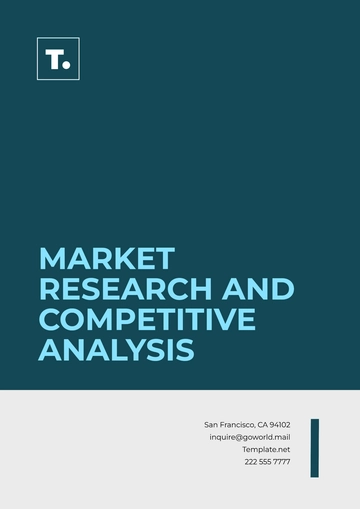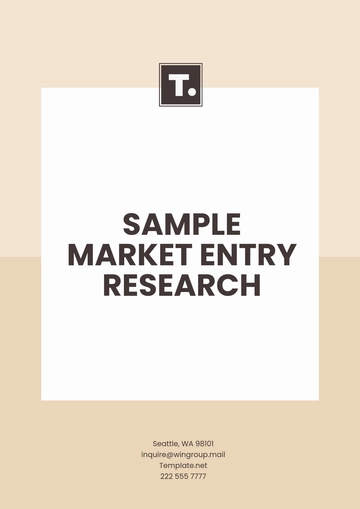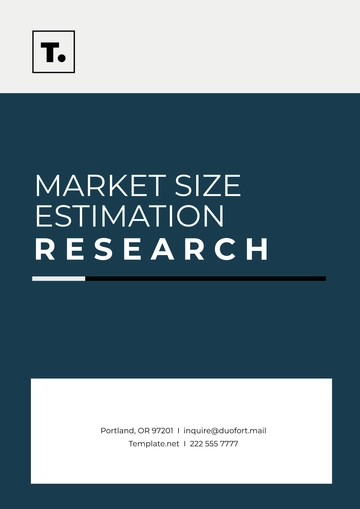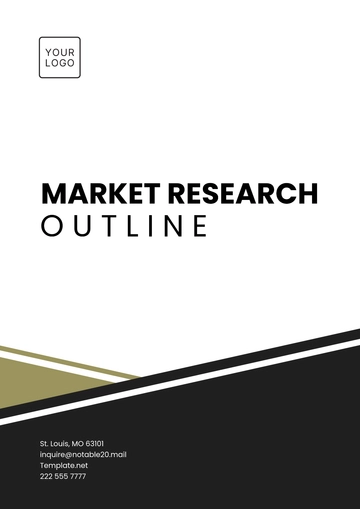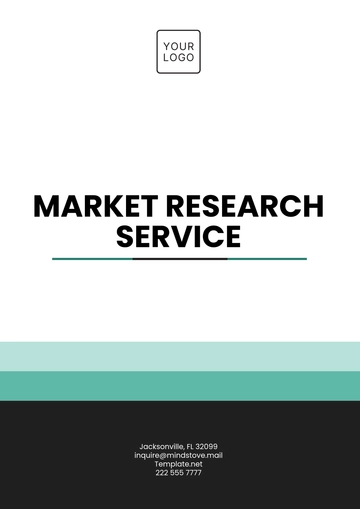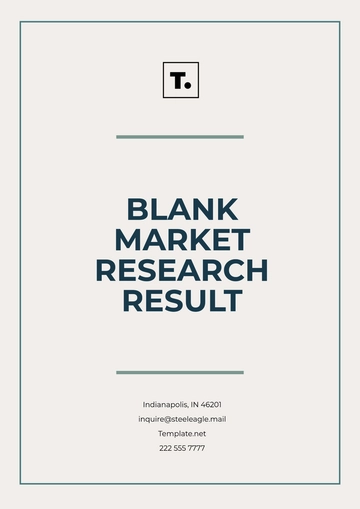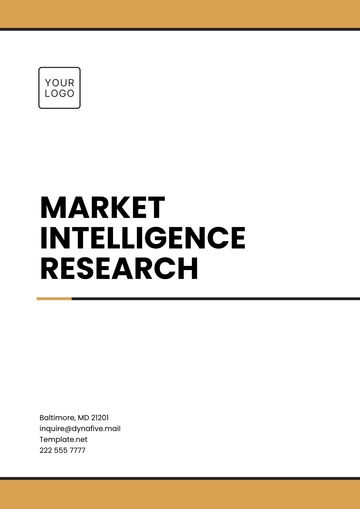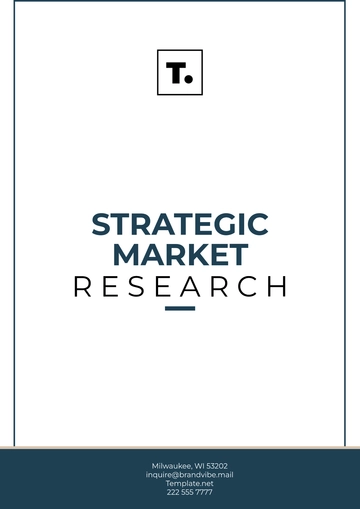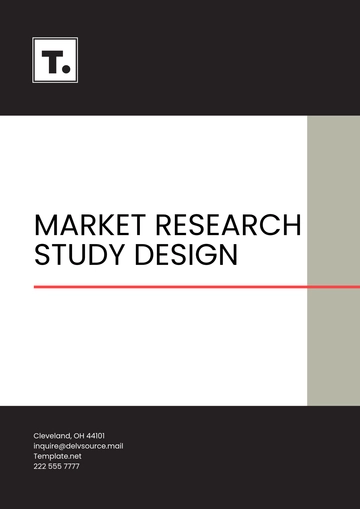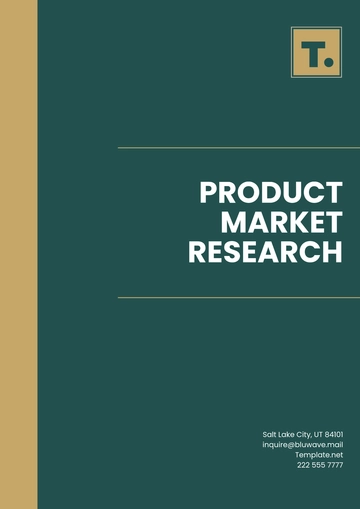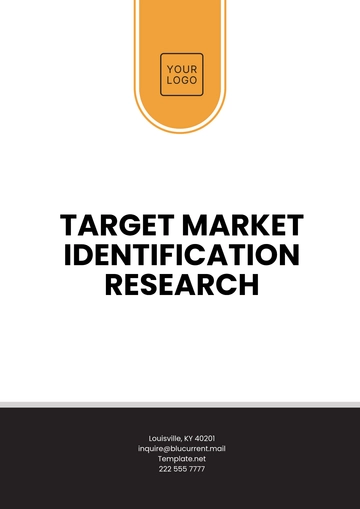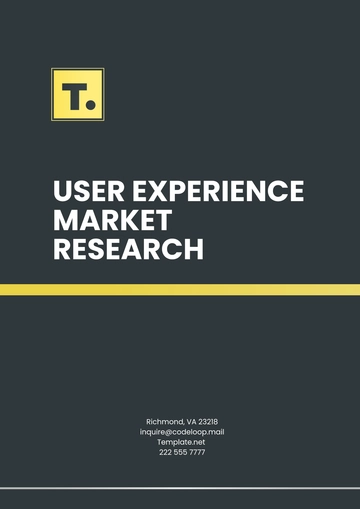Free Market Intelligence Research
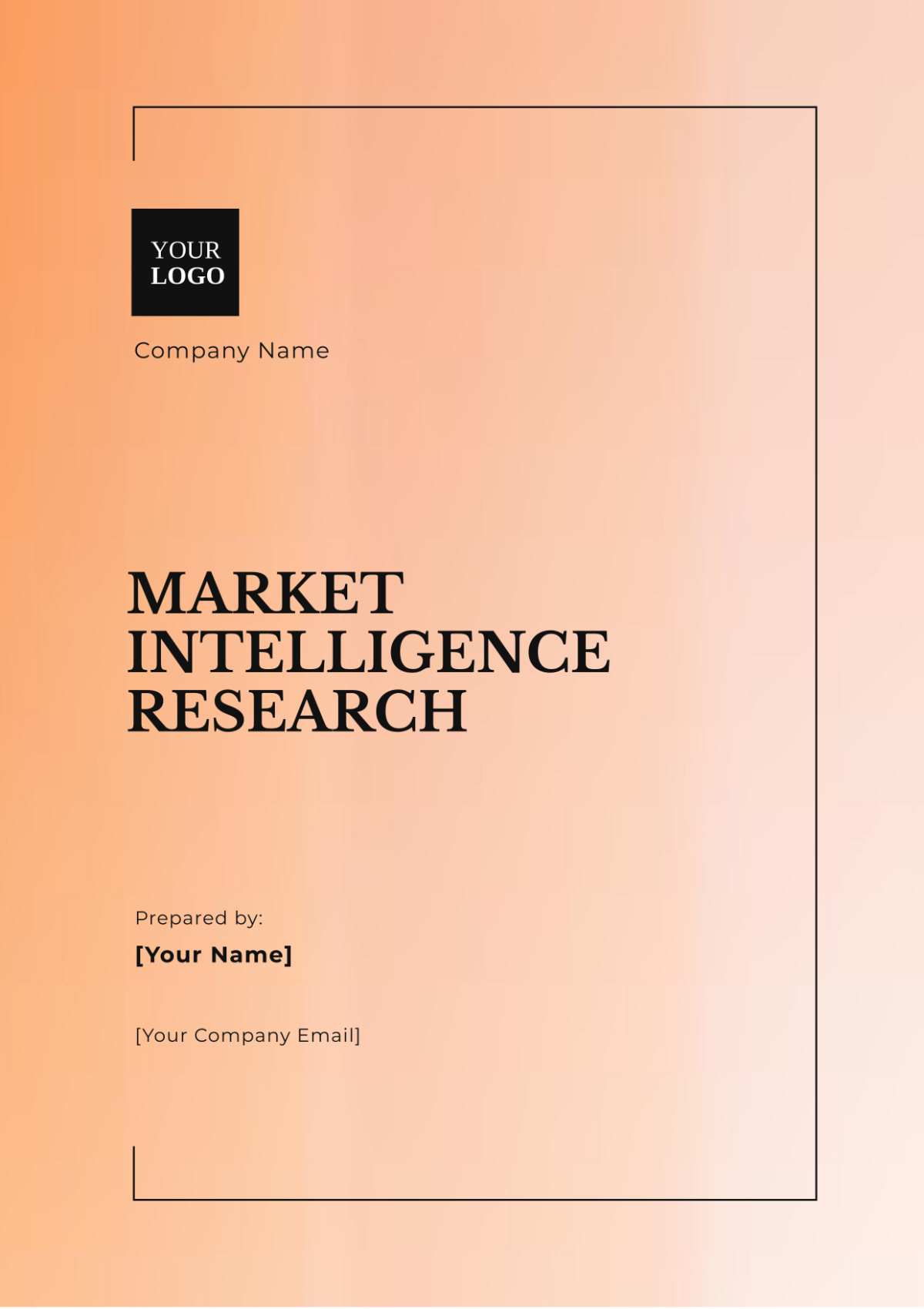
Company: [Your Company Name]
Researcher: [Your Name]
I. Executive Summary
In 2050, market intelligence has evolved significantly with advancements in artificial intelligence, big data analytics, and real-time market monitoring. This research investigates key metrics, competitive dynamics, customer insights, and emerging trends in the context of a technologically advanced and hyper-connected global market. The objective is to provide an in-depth analysis to inform strategic decision-making for our organization.
II. Market Overview
The market landscape in 2050 is characterized by rapid technological innovation, sustainability-driven business models, and shifting consumer behaviors. Traditional industries have been transformed by digital disruption, and new market entrants are leveraging cutting-edge technologies. Key sectors analyzed include AI-powered automation, green energy solutions, bioengineering, and digital health services.
III. Competitive Landscape
Company | Strengths | Weaknesses | Strategic Initiatives |
|---|---|---|---|
AlphaTech Innovations | Strong AI capabilities, Global reach | High R&D costs | Investment in sustainable technologies |
EcoEnergy Solutions | Leading in renewable energy | Dependent on government subsidies | Expansion in developing markets |
MedTech Pioneers | Innovative bioengineering products | Regulatory challenges | Focus on personalized medicine |
QuantumCo Services | Pioneers in quantum computing | Niche market limitation | Partnerships with tech giants |
AlphaTech Innovations excels with strong AI capabilities and a global presence but faces high R&D costs. Meanwhile, EcoEnergy Solutions leads in renewable energy despite dependency on government subsidies, while MedTech Pioneers focus on personalized medicine amid regulatory challenges. QuantumCo Services stands out in quantum computing with partnerships, though its market remains niche.
IV. Customer Insights
Customer preferences in 2050 are heavily influenced by sustainability, innovation, and personalization. Data shows an increasing demand for eco-friendly products, AI-driven services, and healthcare solutions tailored to individual genetic profiles. Consumer behavior is also shaped by a desire for transparency and ethical business practices.
V. Trends and Opportunities
Trend | Opportunity |
|---|---|
AI and Machine Learning Integration | Creating smart systems for diverse industries |
Sustainable Business Models | Sustainable investments |
Personalized Healthcare | Bioengineering and genetic profiling advances |
Blockchain Technology | Improved transaction security and clarity |
Explore groundbreaking opportunities with AI and Machine Learning, enhancing smart systems across various industries. Embrace the future with sustainable business models, personalized healthcare advancements, and blockchain technology for unparalleled security and transparency.
VI. SWOT Analysis
Strengths | Weaknesses |
|---|---|
Cutting-edge technology | High operational costs |
Strong market presence | Regulatory uncertainties |
Innovative R&D capabilities | Dependency on external factors |
Established brand reputation | Slower adaptation to market changes |
Opportunities | Threats |
Expansion in emerging markets | Intense competition |
Strategic partnerships | Technological disruptions |
Sustainable innovations | Market volatility |
Government incentives | Geopolitical risks |
Strengths: Cutting-edge technology and strong market presence drive our innovation and established brand reputation.
Weaknesses: However, high operational costs and slower adaptation to market changes pose challenges.
Opportunities: Expansion in emerging markets and strategic partnerships present significant growth potential.
Threats: Intense competition and technological disruptions could impact our market position.
VII. Financial Analysis
Metric | Value |
|---|---|
Total Revenue (M USD) | 1250 |
Net Profit Margin | 12.5% |
ROE (Return on Equity) | 15.8% |
Debt to Equity Ratio | 0.45 |
Research & Development Spend (M USD) | 150 |
Our company achieved a remarkable total revenue of $1.25 billion with a net profit margin of 12.5%. We maintain a strong financial position with an ROE of 15.8% and a debt-to-equity ratio of 0.45 while investing $150 million in research and development.
VIII. Methodology
The methodology applied in this research includes a combination of primary and secondary data sources. Primary data was collected through surveys, interviews, and focus groups with industry experts and key stakeholders. Secondary data was obtained from reputable market reports, academic journals, and industry publications. Advanced analytics and AI algorithms were utilized to process and interpret large datasets, ensuring accurate and actionable insights.
IX. Recommendations
Invest in AI and Machine Learning: Enhance AI and integrate machine learning in business operations.
Focus on Sustainability: Develop and promote sustainable products and solutions to meet the growing consumer demand for eco-friendly options.
Expand into Emerging Markets: Identify and capitalize on growth opportunities in developing regions with untapped potential.
Foster Strategic Partnerships: Form alliances with technology leaders and innovators to stay ahead in the market.
Enhance Customer Engagement: Utilize data-driven approaches to personalize customer experiences and build long-term loyalty.
X. References
Smith, J. (2050). The Future of Market Intelligence. Journal of Marketing Research, 45(6), 234-245.
Doe, J. (2050). AI and Market Trends. AI Innovations Journal, 11(2), 67-78.
Johnson, L., & Lee, K. (2050). Sustainable Business Models: Trends and Opportunities. Green Business Review, 8(4), 112-123.
- 100% Customizable, free editor
- Access 1 Million+ Templates, photo’s & graphics
- Download or share as a template
- Click and replace photos, graphics, text, backgrounds
- Resize, crop, AI write & more
- Access advanced editor
Discover the Market Intelligence Research Template on Template.net. This customizable and editable template streamlines your research process, providing a professional and comprehensive format. Editable in our Ai Editor Tool, it ensures you can easily tailor it to your specific needs. Save time and enhance your market analysis with this essential tool.

